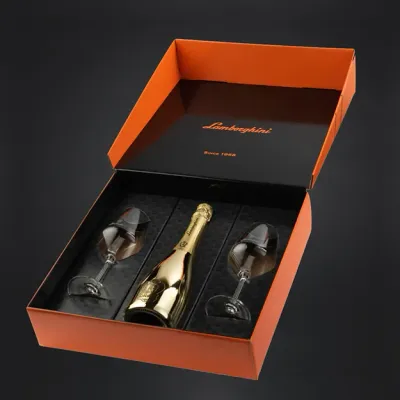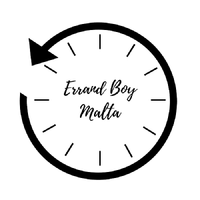BRUT, Gold. Lamborghini Wines
PRODUCT INFO
FORMAT 750ml
ZONE OF ORIGIN Province of Treviso
VINEYARD Pinot Bianco and Chardonnay
FORM OF CULTIVATION Sylvoz
YIELD KG UVA PER HA 11,000 KG
TIME OF HARVEST 25 August to 5 September
VINIFICATION Blank by soft pressing
PRIMARY FERMENTATION Temperature-controlled and with selected yeasts
PRESSING 3 - 4 months
AGING 4 - 6 months
COLOUR Straw yellow
PERLAGE Fine and persistent
BOUQUET Intense and delicate
TASTE Very dry and harmonious
SERVING TEMPERATURE 6 - 8 °C
SPARKLING METHOD Martinotti - Charmat
ALCOHOL 12 % Vol.
SUGAR RESIDUAL 6.00 g/l
TOTAL ACIDITY 6.00 g/l
Enjoy spumante—a sparkling wine—like you would Champagne, prosecco, or cava.
Spumante (“foaming” in Italian) is a category of Italian sparkling wine from any grape variety. The addition of carbon dioxide gives spumante wines their signature fizzy mouthfeel. Spumante ranges from sparkling white wine (which uses chardonnay or pinot grigio grapes) to sparkling pinot noir and even sparkling rosé.
With less than twelve grams of sugar per liter, brut spumante is a dry sparkling wine that is sweeter (less dry) than extra brut. A sparkling wine with less sugar will taste sweeter than a still white wine with the same sugar content.
There are two production methods for spumante, a category of Italian sparkling wine. The Champagne method, or “méthode champenoise” in French, involves fermenting the sparkling wine in the bottle. In the Italian Martinotti-Charmat method (or simply Charmat method), the sparkling white wine undergoes a second fermentation in a barrel. The second fermentation process adds up to one percent additional alcohol by volume (ABV).
How to Serve Spumante
Spumante and other sparkling wines pair well with foods depending on the various dishes and their particular sweetness since spumantes range from dry to sweet. Here are three ways to enjoy spumante:
1. As an aperitif: An alcoholic drink before a meal, an aperitif, or “aperitivo” in Italian, prepares the palate and body for food. The term derives from a Latin word that means “to open.” Dry sparkling wine and little bites of food are standard aperitivo offerings. In Italy, the aperitivo course is an experience that traditionally lasts a couple of hours.
2. At brunch: Use spumante, prosecco, or cava in a mimosa. A classic brunch drink, a mimosa is traditionally a combination of Champagne and orange juice. A mimosa is similar to a bellini, another bubbly drink, which combines fruit purée and sparkling wine.
3. With dessert: Sparkling wine is in many desserts, especially gelatin desserts. Add sparkling wine to cake batters, frostings, and sweet gelatin desserts for a slight fizz. The sparkling wine also adds a fruity, crisp acidity.






